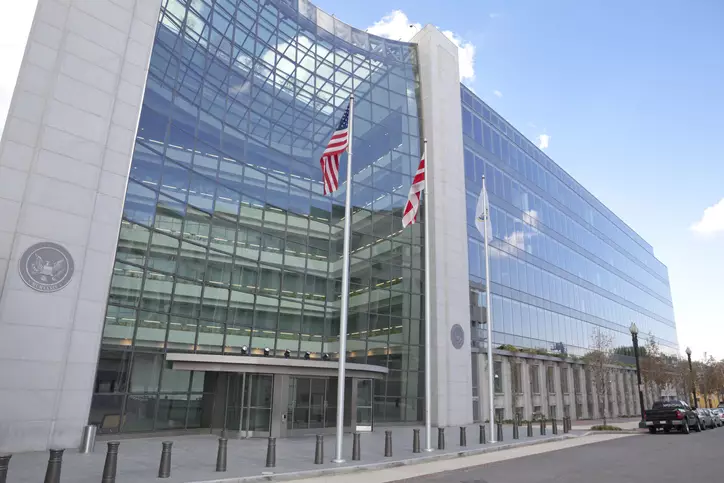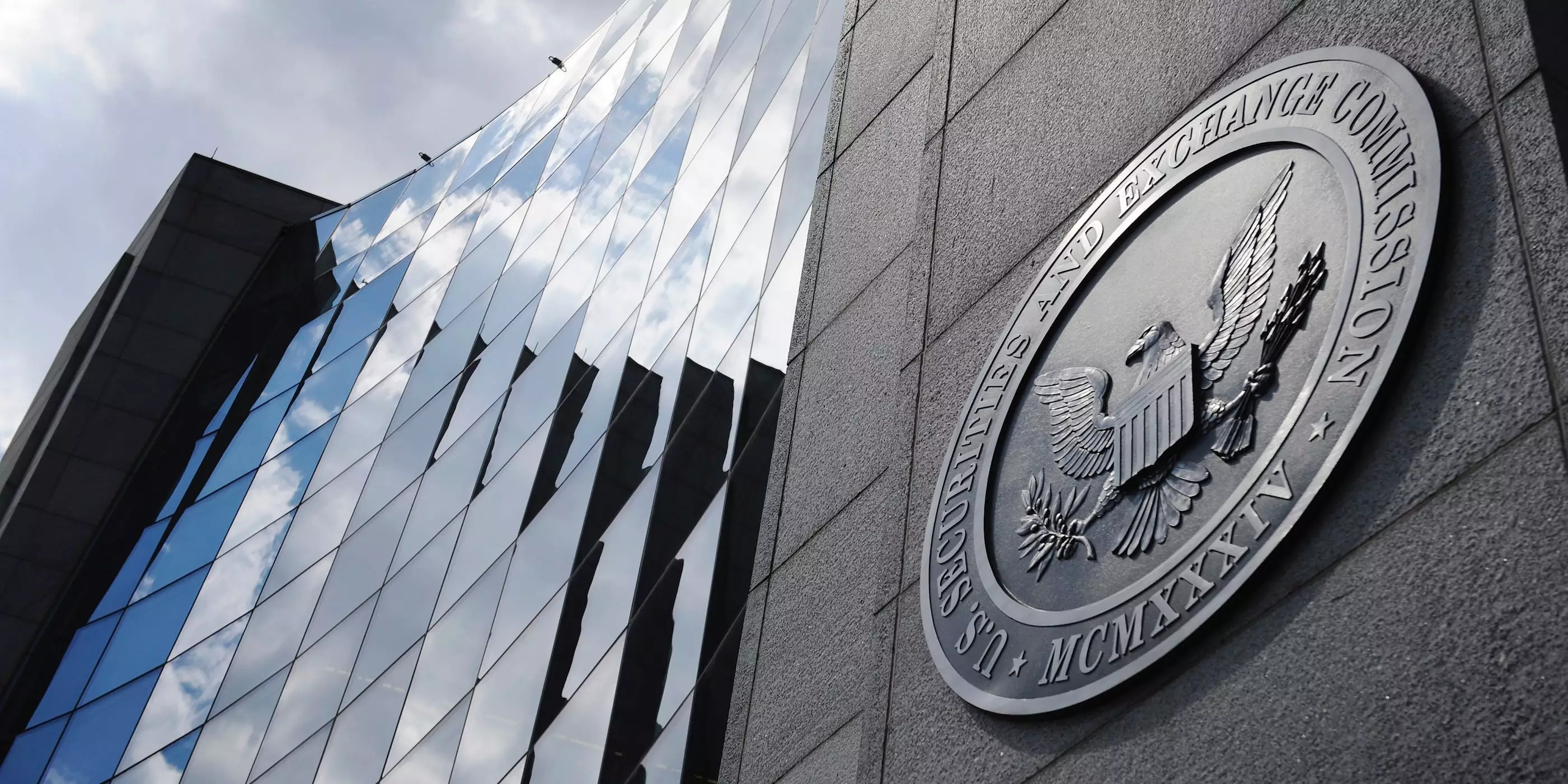In today's globalized world, financial markets have become the cornerstone of economies, serving as a critical conduit for capital allocation, wealth creation, and economic growth. These markets, however, are not just a free-for-all. They operate within a framework of regulations designed to ensure fairness, transparency, and efficiency. The primary intent behind these regulations is to foster trust among participants and to shield unsuspecting investors from manipulative tactics.
Challenges in the Cryptocurrency Realm
While traditional financial markets have had years, if not decades, to develop regulatory frameworks and surveillance systems to counter manipulative trading practices, the cryptocurrency market is still in its nascent stages. This digital, decentralized realm poses unique challenges to regulators around the world. One of the primary concerns is the difficulty in monitoring and enforcing trading standards on a global, decentralized network. This becomes even more complex given the pseudonymous nature of cryptocurrency transactions.

The U.S. Securities and Exchange Commission (SEC) has been particularly wary of these challenges. The approval process for a spot cryptocurrency ETF (Exchange-Traded Fund) is a case in point. While ETFs for other assets are common, the SEC has been hesitant to approve a spot cryptocurrency ETF primarily due to concerns over market manipulation. BlackRock and other financial giants eager to launch such products have been met with demands for more detailed plans on how they intend to monitor and counter potential manipulative practices in the cryptocurrency space. This underscores the regulator's commitment to ensuring that the investment products available to the public are as transparent and as resistant to manipulation as possible.
For the crypto market to mature and gain wider acceptance, it is imperative that robust monitoring systems are in place and that trading entities can demonstrate their ability to counteract manipulative practices. As the lines between traditional finance and decentralized finance continue to blur, the regulatory landscape will have to evolve swiftly to keep pace.
Prohibited Trading Practices
a. Pump and Dump: Picture a scenario where an asset's price is artificially boosted, often via deceptive narratives or false news. Once the price peaks due to this manipulation, the culprits then swiftly sell off, leaving genuine investors with diminishing asset values.
b. Front Running: This is akin to having an unfair head start in a race. Brokers, having the prior knowledge of a sizable upcoming trade, exploit this information to make a trade that capitalizes on the price swing the large order will cause.
c. Insider Trading: It’s one thing to act on public news, but making trades based on confidential information that's not available to the public? That’s not just frowned upon; it's illegal in numerous countries.
d. Churning: Imagine a broker who's more interested in their commissions than in your investment returns. They buy and sell assets excessively, not for your benefit, but to line their pockets.
e. Wash Trading: Here, the buy and sell happen simultaneously, with the same asset, at the same price. It's a mirage, creating a facade of high trading volumes, deceiving market participants about the asset's demand.
f. Quote Stuffing: This is the financial market's version of a spam attack, where a trader quickly places and cancels a barrage of orders. It’s a tactic to overwhelm trading systems and sow confusion among competitors.
g. Spoofing & Layering: Think of these as the illusionists of the trading world. They involve placing fictitious orders to create false impressions of supply or demand. While 'spoofing' involves a single misleading order, 'layering' is a more sophisticated scheme with multiple deceptive price points.
h. Cornering the Market: It’s a high-stakes game where a person or a group acquires a dominant holding of an asset, wielding undue influence over its price.
i. Bear Raiding: Just as a bear swipe can be swift and devastating, bear raiding involves aggressively selling off stocks, often supplemented with negative rumors to drive prices down further.
j. Short and Distort: Think of it as the evil twin of the 'pump and dump'. Here, short sellers peddle false news to depress stock prices and benefit from the decline.
k. Matched Orders: It’s a charade where collaborators buy and sell securities among themselves, creating an illusion of market activity.
l. Painting the Tape: This is about creating a mirage of momentum. Traders artificially increase activity in a stock, giving other investors the perception of escalating interest.

Conclusion
While the list might seem extensive, it’s by no means exhaustive. Regulatory agencies, like the U.S. Securities and Exchange Commission (SEC), continuously evolve and tighten their rulebooks to counter new manipulative tactics that emerge. Trading can be a lucrative venture, but it’s imperative to remain on the right side of ethics and law. Before venturing into any investment, familiarize yourself with the trading norms of your jurisdiction and seek guidance from professional advisors. As the age-old adage goes, "It's better to be safe than sorry."



